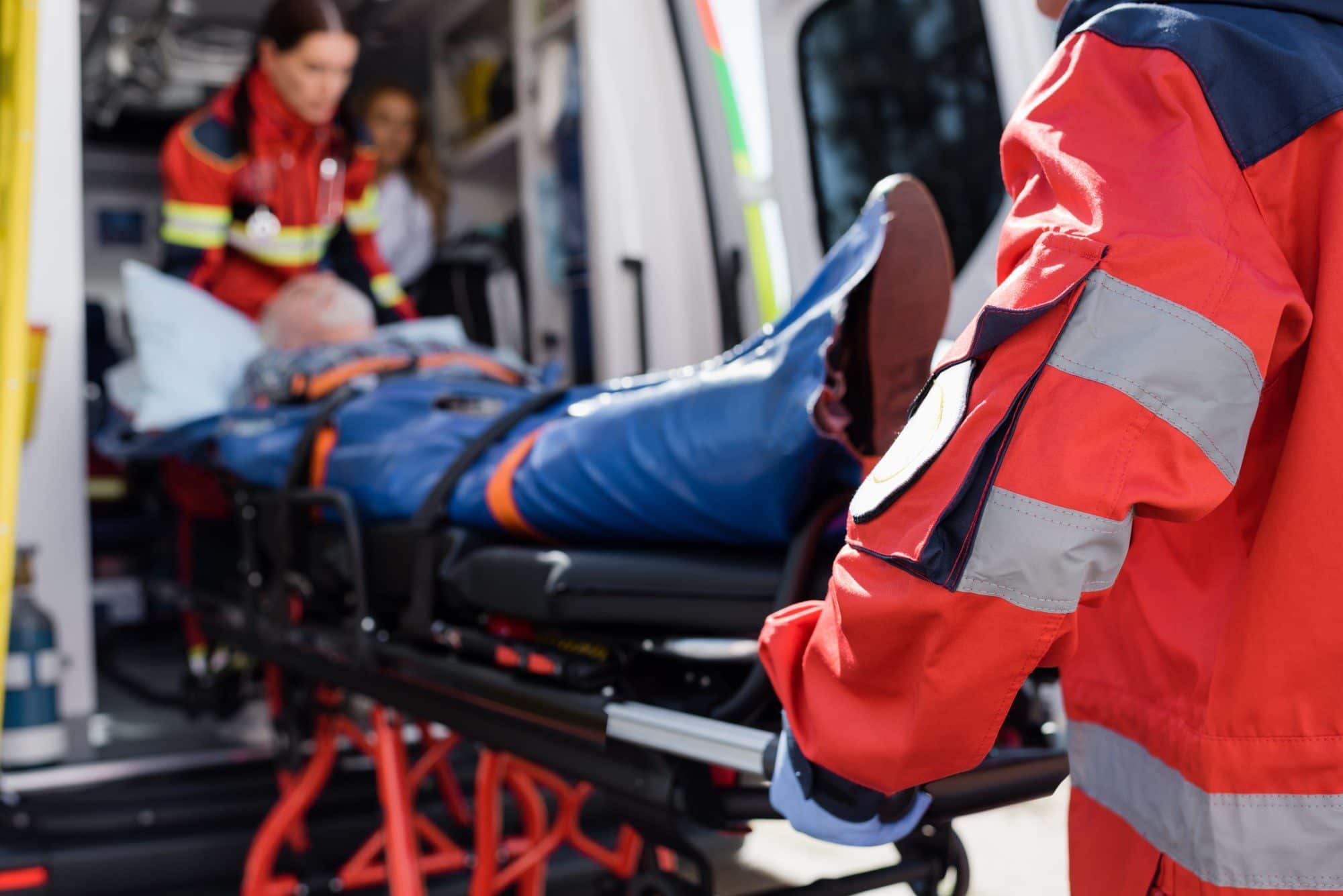Impairments Leading to Head-on Collisions
Car Accidents in Rural Areas
Studies show that most head-on collisions occur on rural, undivided, two-lane roads and do not involve a driver attempting to pass another driver. Instead, they involve some other cause, such as impaired driving.
Drunk Driving Accidents
Head-on collisions are especially common – and deadly – when a driver is drunk. There are two main ways that drunk driving specifically can lead to a head-on crash: departing from the lane and driving the wrong way.
- Departing from the lane: A common sign that a driver may be impaired is their vehicle is swerving back and forth, sometimes crossing over a lane marker. If a drunk driver swerves over the double yellow line and suddenly crosses the path of oncoming cars, innocent drivers often don’t have time to stop or even slow down to avoid crashing head-on into the drunk driver.
- Driving the wrong way: Drunk drivers have a lessened sense or lack spatial awareness and commonly make wrong turns or miss a turn. In some cases, a drunk driver will turn the wrong way down a one-way street or enter the highway the wrong way. This often leads to a head-on crash with an oncoming car, especially if the drunk driver has forgotten to turn on their lights.
Drivers That Fall Asleep at the Wheel
According to the CDC, drowsy drivers cause a disproportionate number of head-on and rear-end collisions. Even if not asleep, drivers impaired by drowsiness have trouble keeping control of the vehicle so that it does not drift into an oncoming lane. These crashes can be especially serious as the at-fault driver sometimes does not brake before the collision.
Distracted Drivers
Unfortunately, we have seen an increase in crashes due to distracted driving caused by smartphones. Despite state law prohibiting their use while driving, we have had serious car collisions due to drivers texting or taking their eyes off the road to look at their phones.
Effects of Head-on Collisions
Head-on collisions often result in serious or fatal injuries, including:
- Death
- Broken bones
- Head injuries, ranging from mild concussions to traumatic brain injury
- Deep cuts and severe bruising
- Neck and back injuries, including broken vertebrae, whiplash, neck sprains, and herniated discs





